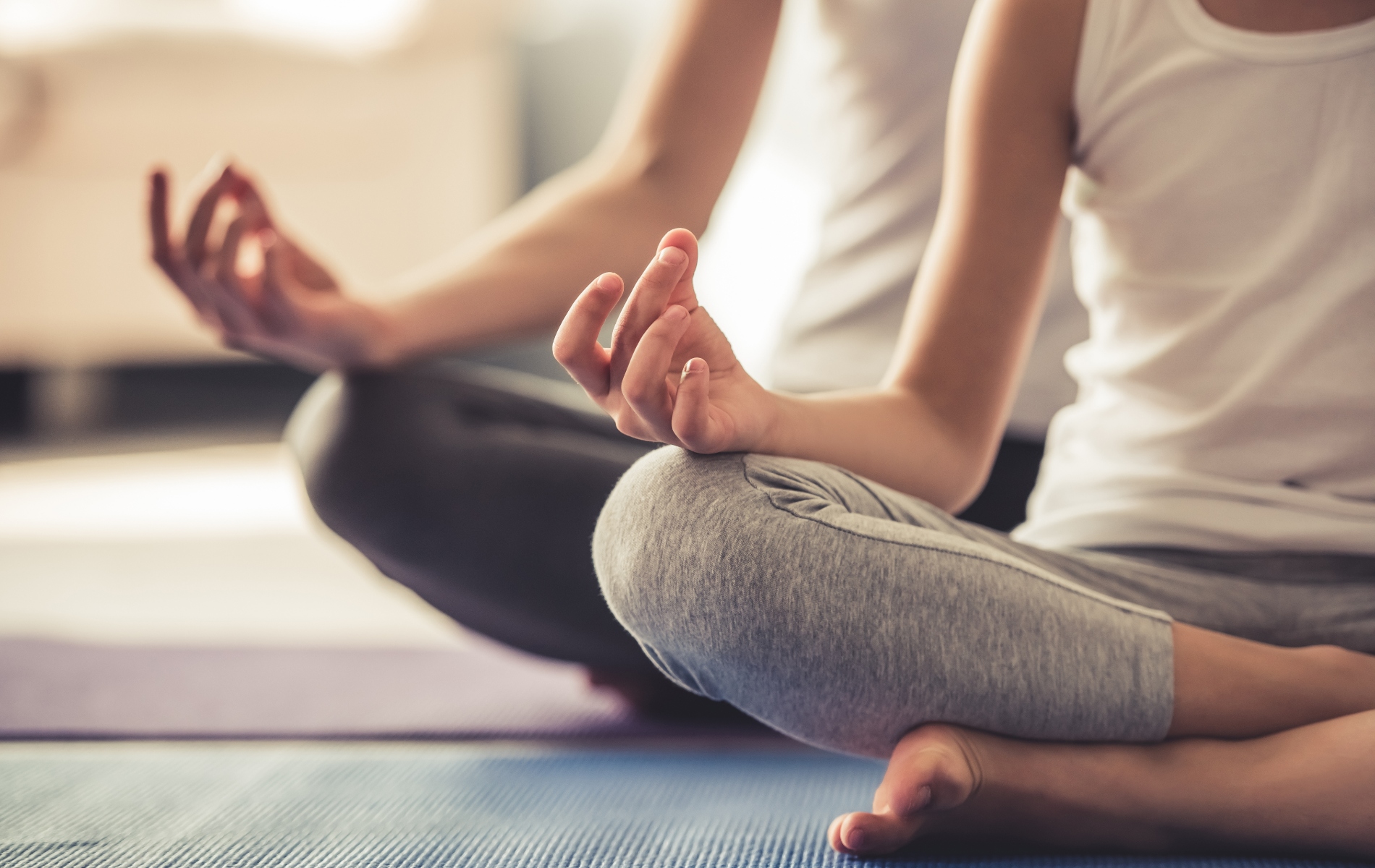Yoga and meditation typically go hand-in-hand and have been around for thousands of years. They’ve been used as an alternative form of exercise to keep the mind and body healthy and happy. Practicing yoga improves balance, endurance, flexibility, and strength, while meditation helps keep the mind sharp, relieves stress and anxiety, and can strengthen your immune system.
Following a few simple poses, breathing techniques, and positive coping skills can help retirees manage stress, improve mental clarity, manage chronic conditions, and promote a healthier lifestyle. With so many health benefits linked to these traditional practices, many people are taking notice and incorporating these techniques into their lifestyle.
By practicing yoga, you can:
- Improve flexibility and strength
Yoga stretches your muscles. Standing poses work the muscles in the lower body, and inversions, like downward dog and arm balances, strengthen the upper body.
- Stand up straighter
Many poses in yoga can strengthen the core muscles in your stomach and back. A strong core leads to better posture, which can help prevent back and neck problems.
- Ease stress and anxiety levels
Yoga involves breathing exercises that force you to pay attention to your breath. Deep breathing can help you relax almost instantly, which can help relieve stress and anxiety.
- Reduce low back pain
Practicing yoga for several months may ease chronic low back pain, help you function better, and enrich your quality of life.
- Improve sleep
Yoga has been shown to be helpful for sleep in studies of older adults, people with arthritis, pregnant women, and other groups

 English
English
 العربية
العربية 
0 Comment